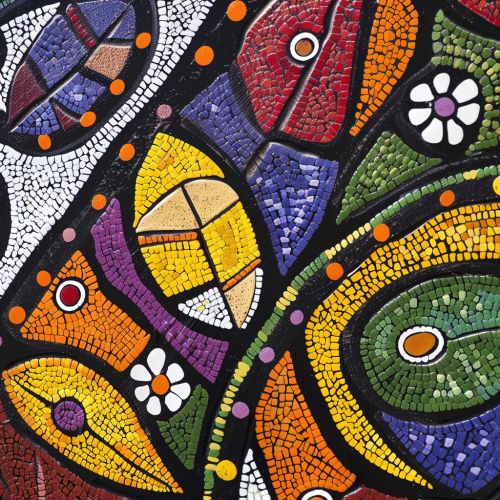History of Sydney
Early History
The history of Sydney, the largest city in Australia, begins with the indigenous people of the area, the Cadigal people, who lived in the region for at least 30,000 years before the arrival of the British. The Cadigal people were part of the larger Darug nation and lived primarily on fish and shellfish, which they caught in the local rivers and bays.


The first European to visit the area was the explorer James Cook, who arrived in 1770. Cook named the area 'New South Wales' and claimed it for Britain. The first fleet of British convicts arrived in Sydney in 1788, marking the beginning of European settlement.
Development of the City
Sydney was initially a penal colony, with the convicts building the first infrastructure of the city. The city grew rapidly throughout the 19th century, with the discovery of gold in New South Wales in 1851 leading to a major population boom. The city's population grew from 20,000 in 1840 to over 200,000 by 1871.
The city's infrastructure also developed rapidly during this time, with the construction of the first railway line in 1855, the opening of the Sydney Harbour Bridge in 1932, and the completion of the Sydney Opera House in 1973.
Modern Sydney
Today, Sydney is a major global city and an important financial centre in the Asia-Pacific region. The city is known for its harbourfront Sydney Opera House, with a distinctive sail-like design. Massive Darling Harbour and the smaller Circular Quay port are hubs of waterside life, with the arched Harbour Bridge and esteemed Royal Botanic Garden nearby.
Sydney's economy is diverse, with sectors including finance, manufacturing, and tourism all playing a significant role. The city is also a major destination for international students, with several universities including the University of Sydney and the University of New South Wales.


